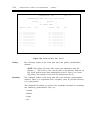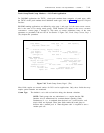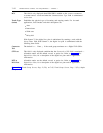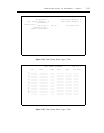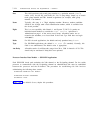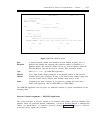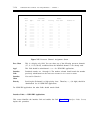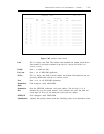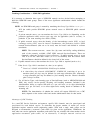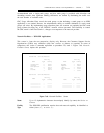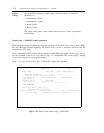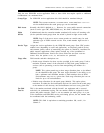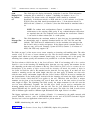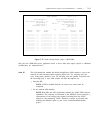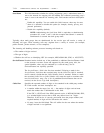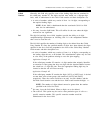
7-128
ADMINISTRATION OPTIONS AND REQUIREMENTS — GENERIC 1
Trunking Considerations — ISDN-PRI Applications
It is necessary to determine those types of ISDN-PRI network services desired before attempting to
build the ISDN-PRI trunk groups. Some of the more significant considerations should include the
following:
NOTE: An ISDN-PRI trunk group is created by translating the Group Type field as isdn-pri.
1.
2.
3.
Will the switch provide ISDN-PRI private network access or ISDN-PRI public network
access?
If private network access, you can translate the Service Type field as tie. Depending on the
particular application other service types may also be applicable (such as tandem), in
particular if you want traveling class marks (TCMs).
If public network access, then the identity of the interexchange carrier (IXC) or local
exchange carrier (LEC) must be known. Furthermore, the particular carrier's ISDN
network Services/Features (that are to be used) must be known and defined in software
translations.
NOTE: The
NETWORK-FACILITIES screen lists (by name and facility coding definition)
each of the currently available AT&T ISDN network Services/Features. These are
frequently called the Predefined Services/Features. If public network access is to an
LEC or to an IXC other than AT&T (or if it is not defined), then that carriers ISDN
Services/Features should be defined in the lower half of the screen.
4.
5.
If public network access, then translate the Service Type field as required (such as cbc).
If the Service Type field is translated cbc, then (as an option):
a.
b.
From 1-to-3 USAGE ALLOCATION PLANS may be defined.
A time-of-day day-of-week ASSIGNMENT SCHEDULE (consisting of up to six
transition times per day) may be defined for each usage allocation plan. Alternately,
a usage allocation plan may be defined as fixed meaning that the selected allocation
plan is always in effect.
6.
For all Service Types, each incoming type of Service/Feature (such as MEGACOM 800 and
SDN) may receive service-specific incoming call handling treatment. Included is the
administration ability to request SID-ANI on a per call basis, to do digit deletion/digit
insertion on a per call basis, or to effect night-service routing based on attributes of the
incoming call.
NOTE: The determination of whether the switch will request SID/ANI (on a CBC
basis) depends on the station called and certain administration data for that station.
Advantages of CBC Trunking
In a non-CBC Service Selection environment, specific DS1 channels must be preassigned and
provisioned for each desired service. To determine the proper number of trunks per service
application requires extensive traffic engineering studies. With such a study, trunk groups can be
designed to accommodate a customer’s peak traffic for given service applications. Furthermore, the
time when one service application encounters peak traffic may not coincide with when another service
application encounters peak traffic. As an alternative, if multiple network services are



